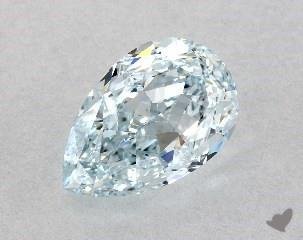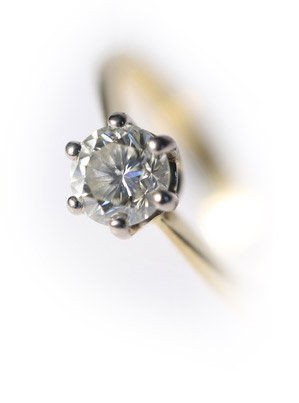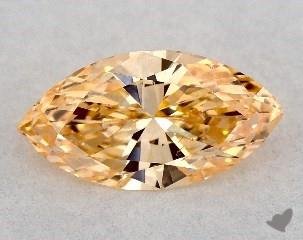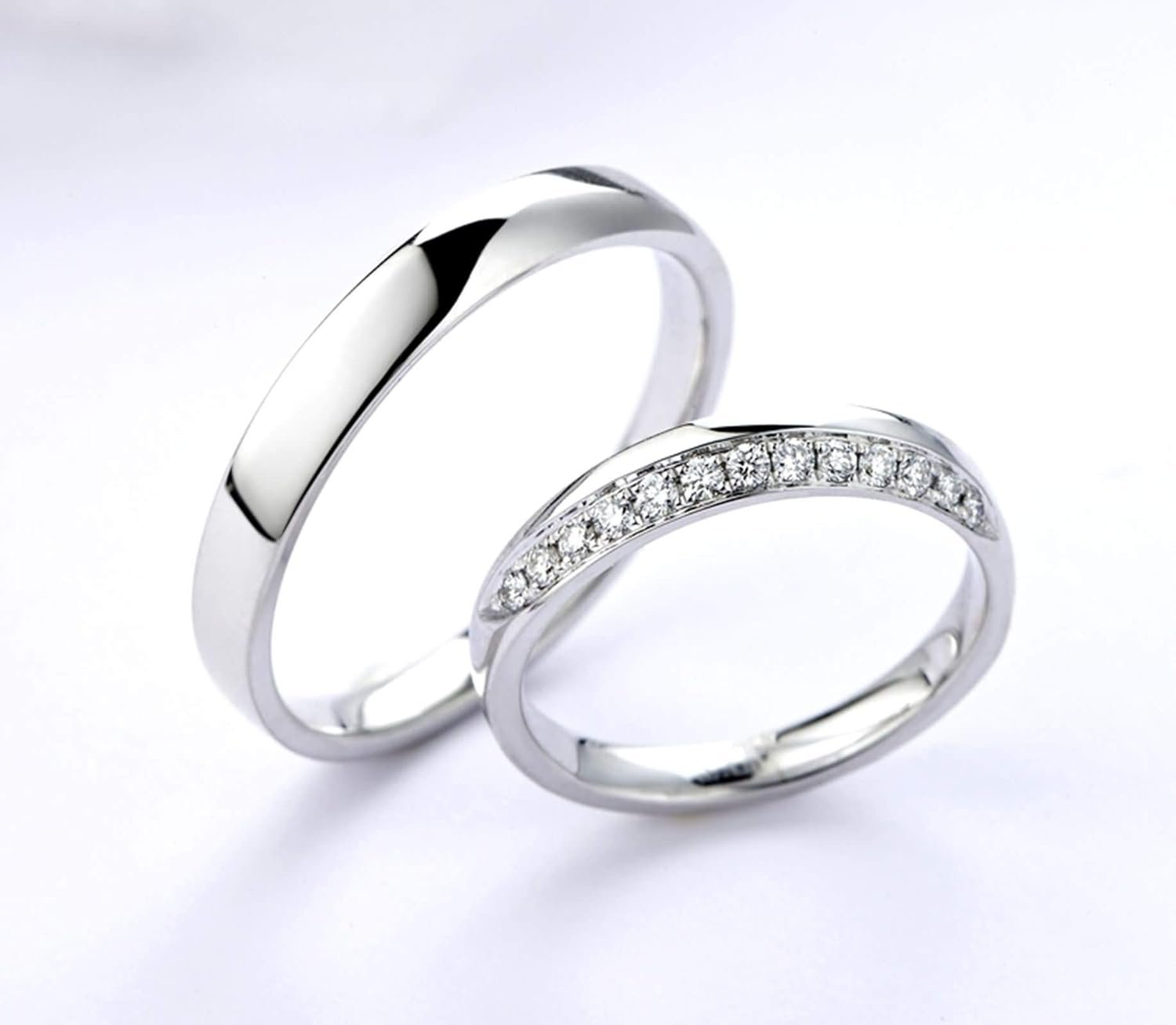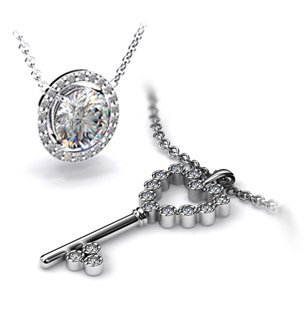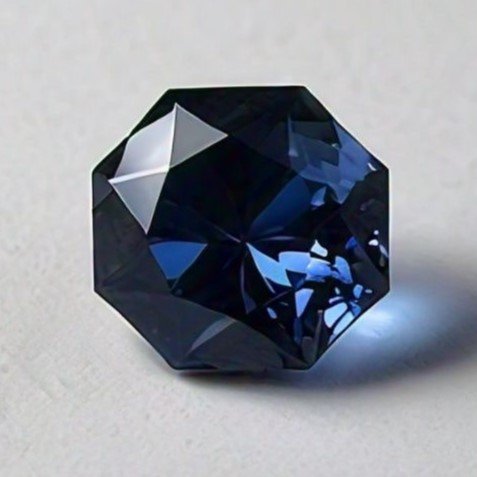
Blue Sapphire: A Timeless Gemstone
The Value of Blue Sapphires
Blue sapphire is one of the most prized gemstones, known for its stunning primary hue. The value of a blue sapphire increases with the purity of its primary color. This rich blue color is created by trace amounts of titanium and iron, with higher levels of these elements leading to deeper color saturation.
Understanding Color and Hues
The most common secondary hues in blue sapphires are purple, violet, and green. While purple and violet can enhance the gem's overall beauty, green is less desirable. However, all blue sapphires have a slight greenish component when viewed from certain angles. Skilled cutters work to ensure that this green tint does not appear in the gem's face-up position. Sometimes, a gray hue, or "gray mask," can mix with green, giving the sapphire a cooler, steely look rather than the typical warm, velvety blue.
Clarity and Inclusions
Eye-clean blue sapphires, free of inclusions, are rare, particularly in larger sizes. Nevertheless, blue sapphires with some internal inclusions can still be highly valuable, provided these inclusions do not detract from the gemstone's brilliance or color. Sapphires of one carat or more are typically not cut to standard sizes or shapes; instead, each gemstone is shaped to optimize its color and weight.
The Art of Cutting
Cutting significantly influences a sapphire's color. As dichroic gemstones, blue sapphires show different colors from different angles. When viewed in one direction, they appear blue to violet-blue, and from another, they may look slightly greenish-blue. A master cutter will orient the gem to highlight the most desirable blue to violet-blue color through the finished gem's crown.
Silk Inclusions
Silk inclusions are thread-like structures within the sapphire that, if not too dense, do not compromise the gem’s color or brilliance. These inclusions can even enhance the sapphire's value. Heat treatments used to alter a sapphire's color and clarity often break down rutile silk inclusions, so intact silk indicates the sapphire is unheated. Other inclusions that withstand heat can also suggest the gem has not been heat-treated.
Treatments and Enhancements
Heat treatment is commonly used to improve the color and clarity of blue sapphires. It's estimated that over 90% of blue sapphires on the market have undergone this process. However, diffusion treatment, which also enhances the sapphire's appearance, is more controversial and generally decreases the gemstone's value compared to those that have only been heat-treated.
Global Sources
Blue sapphires are sourced from various locations worldwide, including Kashmir, Myanmar, Sri Lanka, Madagascar, Thailand, Australia, Tanzania, and Montana in the United States.
At Videh, we offer a curated selection of blue sapphires, ensuring that each gemstone meets our stringent standards for color, clarity, and overall beauty. Explore our collection to find the perfect sapphire that captures the essence of your unique style.


